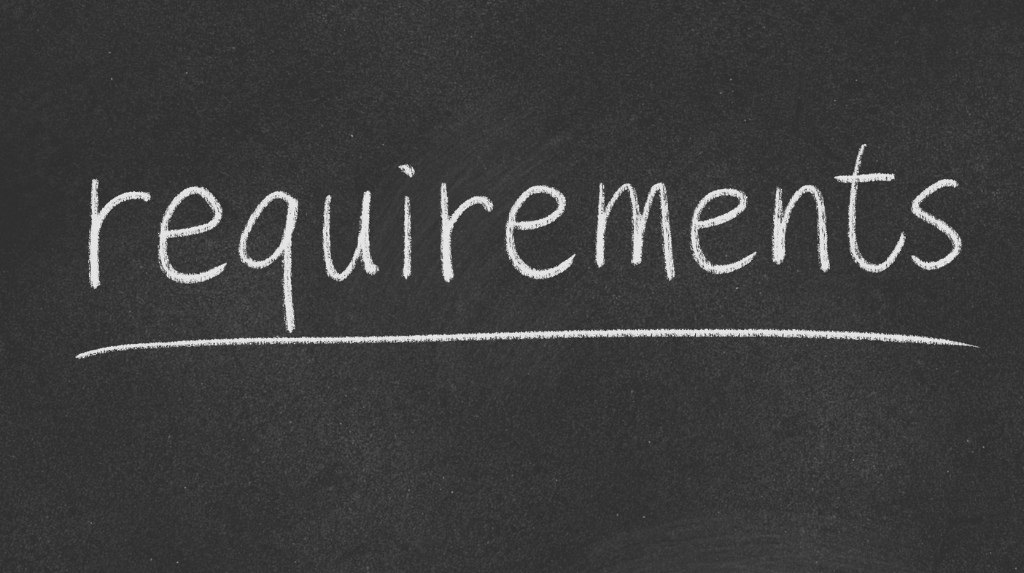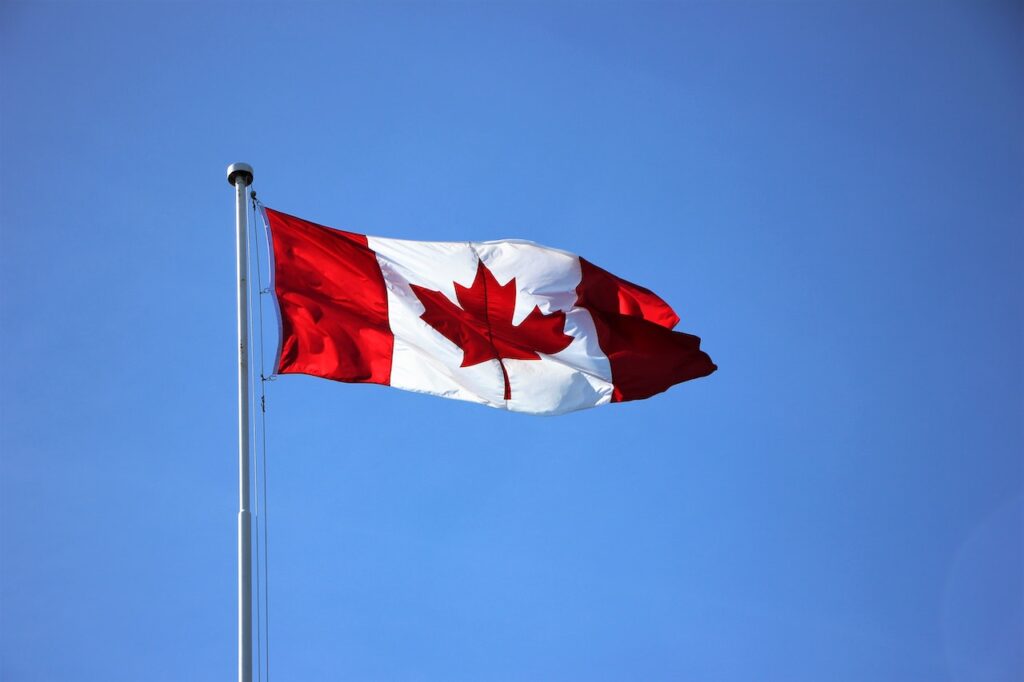In the realm of administrative and legal proceedings in Canada, the concept of procedural fairness holds a central place. The Procedural Fairness Process is a crucial aspect of ensuring justice and equity in decision-making. This article aims to shed light on what Canada’s Procedural Fairness Process entails, providing a comprehensive guide that is both easy to understand and navigate.
Understanding Procedural Fairness:
Procedural fairness, often referred to as natural justice, is a fundamental legal principle that ensures individuals are treated fairly in the course of administrative and legal processes. This principle encompasses the right to a fair hearing, unbiased decision-makers, and an opportunity to present one’s case.
Key Components of Canada’s Procedural Fairness Process:
Notice of Decision:
The Procedural Fairness Process typically begins with the affected party receiving a notice of decision from the relevant administrative body or authority. This notice outlines the decision that has been made and the reasons behind it.
Right to Be Heard:
One of the fundamental elements of procedural fairness is the right of the affected party to be heard. This means having the opportunity to present their case, respond to allegations, and provide evidence or arguments that may influence the decision.
Impartial Decision-Makers:The decision-makers involved in the process must be impartial and free from bias. This ensures that the decision is based on the merits of the case rather than personal opinions or external influences.
Reasons for Decision:
Administrative bodies are generally required to provide clear and comprehensive reasons for their decisions. This transparency is essential for the affected party to understand the basis of the decision and, if necessary, seek redress.
Opportunity to Respond:
After receiving the notice of decision and reasons for it, the affected party should have an opportunity to respond. This may involve addressing concerns, providing additional information, or raising objections to the decision.
Unique and Human-Centric Tone:
Legal processes can be intricate, and the Procedural Fairness Process is no exception. In this article, we aim to demystify the concept and present information in a human-centric manner. By avoiding legal jargon and providing practical insights, we hope to empower individuals navigating administrative and legal procedures in Canada.
Navigating Canada’s Procedural Fairness Process:
Understanding the Notice of Decision:
When you receive a notice of decision, take the time to thoroughly read and understand it. Pay attention to the reasons provided for the decision, as this forms the basis for the subsequent steps in the Procedural Fairness Process.
Seeking Legal Advice:
If the decision adversely affects you and you believe there are grounds for challenging it, seeking legal advice is crucial. A legal professional can assess the merits of your case, guide you on the best course of action, and help you navigate the procedural fairness requirements.
Preparing Your Response:
Once you have a clear understanding of the decision and the reasons behind it, prepare a well-structured response. Clearly articulate your objections, provide relevant evidence, and address any concerns raised in the notice of decision.
Engaging in Open Communication:
If there are opportunities for communication with the decision-making body or authority, engage in open and constructive dialogue. This may involve responding to inquiries, providing additional information, or seeking clarification on specific points.
Ensuring Impartiality:
Be vigilant about the impartiality of the decision-makers involved. If you have legitimate concerns about bias or conflicts of interest, raise them in your response and seek assurances that the process will be fair and unbiased.
Canada’s Procedural Fairness Process is a cornerstone of the country’s legal system, ensuring that individuals are treated fairly and have the opportunity to present their case in administrative proceedings. By understanding the key components and navigating the process with diligence, individuals can seek justice, address grievances, and uphold the principles of natural justice. In situations where the Procedural Fairness Process is a factor, seeking legal guidance is invaluable for a thorough and effective response.
Do you need assistance with a Canada’s procedural fairness process?
Contact our team of skilled immigration lawyers to discuss your visa and immigration needs.
Call us on +234 812 5505 986 or WhatsApp us at +234 818 1547 085 for immediate assistance with your situation. We are available to assist you in person, over the phone, or online.





